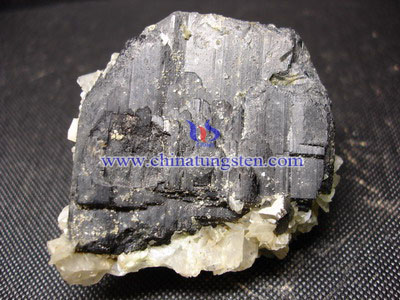Asynchronous flotation of Scheelite and Wolframite Mixture Ore
- Details
- Category: Tungsten Information
- Published on Tuesday, 19 January 2016 17:31
Asynchronous flotation, is using the differences between the same kind and heterogeneous ores floatability and floating rate in the flotation process. Therefore, the ore flotation flow can be artificially adjusted.
The first step is based on wolframite flotation, most available fast floating wolframite and partially floating scheelite. Depend on the circumstances to increase the number of flotation of wolframite operations, try to clean out wolframite, and then merge wolframite of each job to get the total wolframite concentrate.
The second step is scheelite flotation, use Pb2+ to activate most difficult floated scheelite and scheelite concentrate is obtained by flotation. Thus, the recovery of scheelite and wolframite mixture ore goes maximize at the respective suitable conditions, to ensure maximum total recovery of tungsten ores. The follow-up scheelite and wolframite mixture ore concentrate can be further separated by flotation or strong magnetic separation, respectively achieved wolframite concentrate and scheelite concentrate. Mixed concentrate can also be achieved.
Test conditions: use citric acid to restrain fluorite and some scheelite so that wolframite firstly selected, then add lead nitrate to activate inhibited scheelite and wolframite remaining, PH value of 9.5, float scheelite with benzohydroxamic acid as a collector.
After the optimization, with the extension of flotation time, the flotation rate of wolframite gradually decreased, floating rate of scheelite and fluorite is unchanged, floating rate of wolframite is much faster than scheelite in pre-flotation, and floating rates of wolframite and scheelite are very close in later flotation. The recovery difference of scheelite and wolframite mixture ore remained at around 70%.


| Tungsten Supplier: Chinatungsten Online www.chinatungsten.com | Tel.: 86 592 5129696; Fax: 86 592 5129797;Email:sales@chinatungsten.com |
| Tungsten News & Prices, 3G Version: http://3g.chinatungsten.com | Molybdenum News & Molybdenum Price: http://news.molybdenum.com.cn |